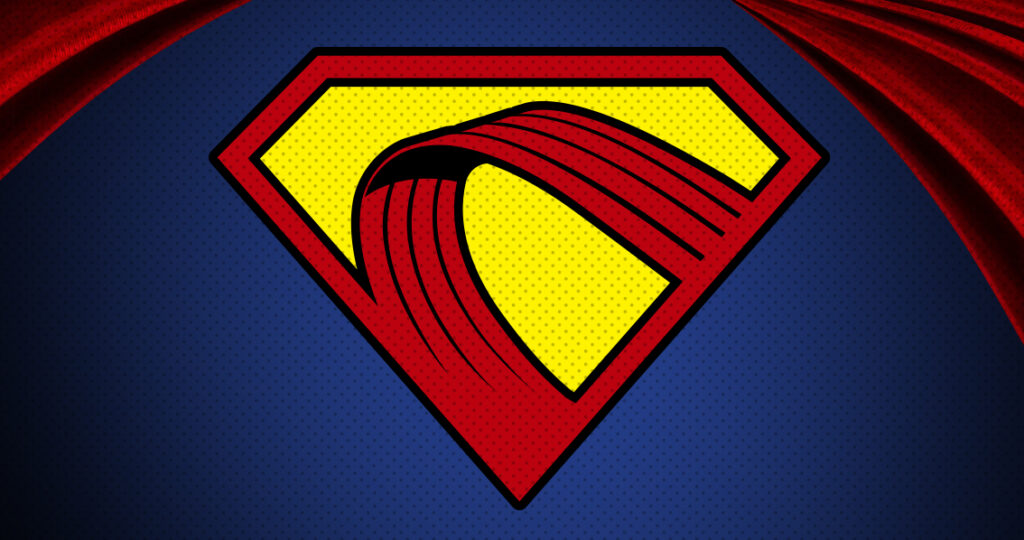
When speaking to a hifi enthusiast about digital audio, “jitter” is a four-letter word. If jitter was an audio villain, its evil powers would be inducing noise to unsuspecting recordings, obliterating the depth of field, and smearing the details out of pure, musical integrity… really dastardly stuff.
Just where does this jitter come from? When is it introduced into the signal? Is jitter an unstoppable force that we are doomed to live with, or is there a hero that can protect our fair hifi systems from this audio villain?
First, we have to ask – what is jitter?
Jitter is the deviation from true periodicity of a presumably periodic signal i.e., an error in clock timing. While the definition for all jitter remains the same, the origin of jitter is not, and this is what makes all the difference.
Two types of jitter and where they are introduced:
1) Recording Jitter
Recording jitter is when the timing errors themselves are embedded in a recording. This occurs if timing errors are captured in the original data samples. If the data sample that is stored includes jitter, then in becomes an intrinsic characteristic of the data itself. Unfortunately, if a data sample is produced with recording jitter it cannot be eliminated during playback, regardless of the quality of the equipment used.
2) Playback Jitter
Playback jitter occurs as data streams from the digital transport to the D/A converter. As timing information converts to frequency information, the musical signal can experience a frequency modulation, known as phase noise. The audible consequences of this phase noise depends on whether the jitter is correlated to the audio signal or not.
Jitter correlated to the audio signal —
- Peaks in the noise spectrum
- More likely audible effects
Jitter uncorrelated to the audio signal —
- Broad spectrum obstruction
- Shortens depth of field and reduces soundstage precision
- Less intrusive audible effects
Unfortunately, there is no caped component offering one simple solution to totally eliminate jitter. Although, there are plenty of techniques to mitigate it. Depending on the manufacturer producing the equipment, the solution could be re-clocking, introducing buffering, or incorporating high-quality oscillators… However, as with most things, the solution is typically more than the sum of its parts. When purchasing equipment, make sure that the manufacturer specifically addresses anti-jitter attenuation, not as a one-part solution, but as a holistic approach, including the design or sourcing of quality parts, how those parts interact with one another, and the intentional placement and mounting of said parts.
Apart from the components within your system, another element to address is cabling. No digital cable will be able to completely vanquish jitter from whence it came. However, a poorly constructed digital cable can further exacerbate the problem, blurring the edges of the square wave signal or altering its shape to a significant degree. This makes a DAC’s receiver less capable of detecting the correct timing of transmissions (aka. jitter). An expertly designed digital cable, on the other hand, can make make some real improvements where jitter is concerned.

Nordost’s digital solutions, pay attention to several factors which reduce jitter throughout the signal transmission. By making well-considered choices in conductor type, conductor geometry, dielectric, shielding and terminations, Nordost cables can ensure that a correctly shaped and timed signal is received by the D/A converter. This results in an improvement to dynamics, tonality, and timing, removing irritants from the sound and allowing the music to play free another day…
For more information like this, to better understand the technical challenges of digital audio data transmission, and to know what to listen for when auditioning digital audio cables, read our download, Digital Audio Cables: How Can They Make a Difference?, now!

Yes jitter has always been the bane of digital sound reproduction, my understanding is that this area of study further needs a lot of researching and scientific development, thank you guys at Nordost for throwing light from time to time on this very fundamental and uncharted scientific territory.